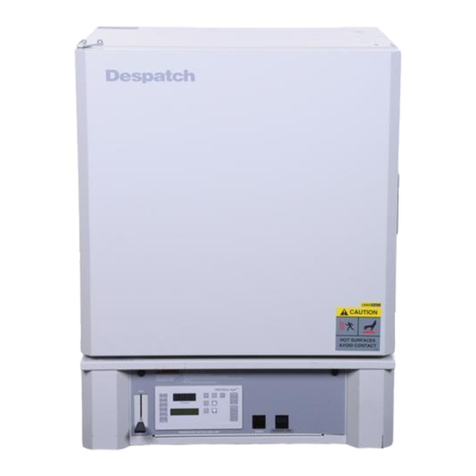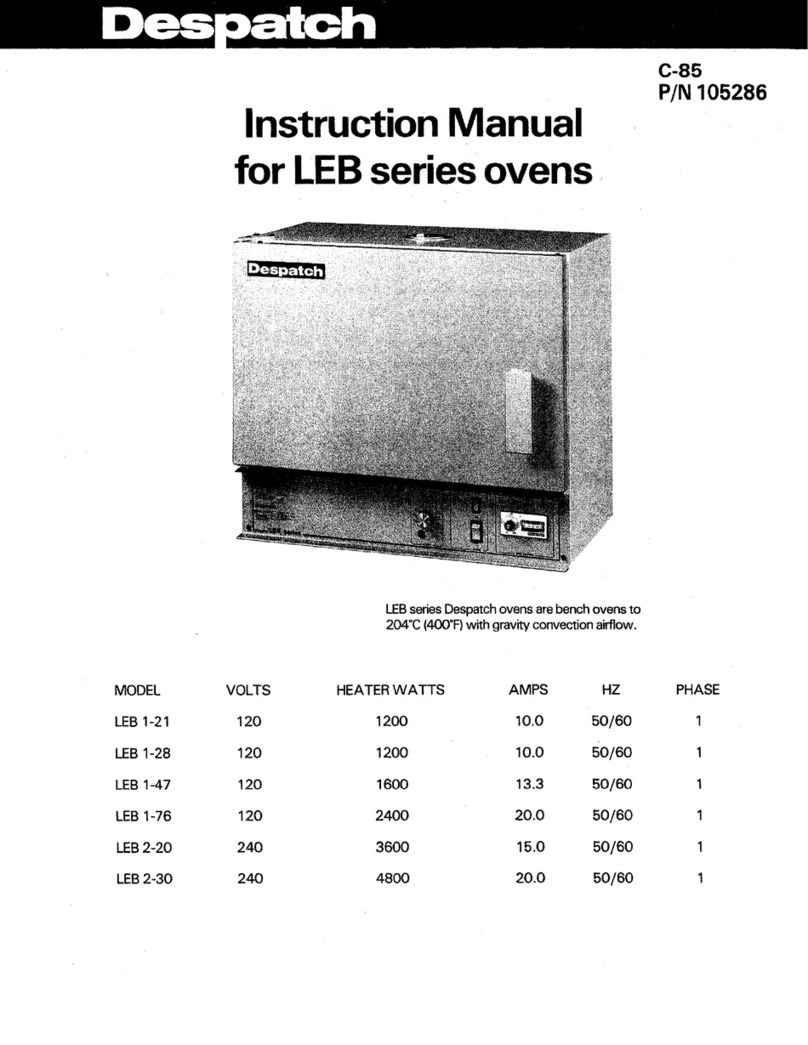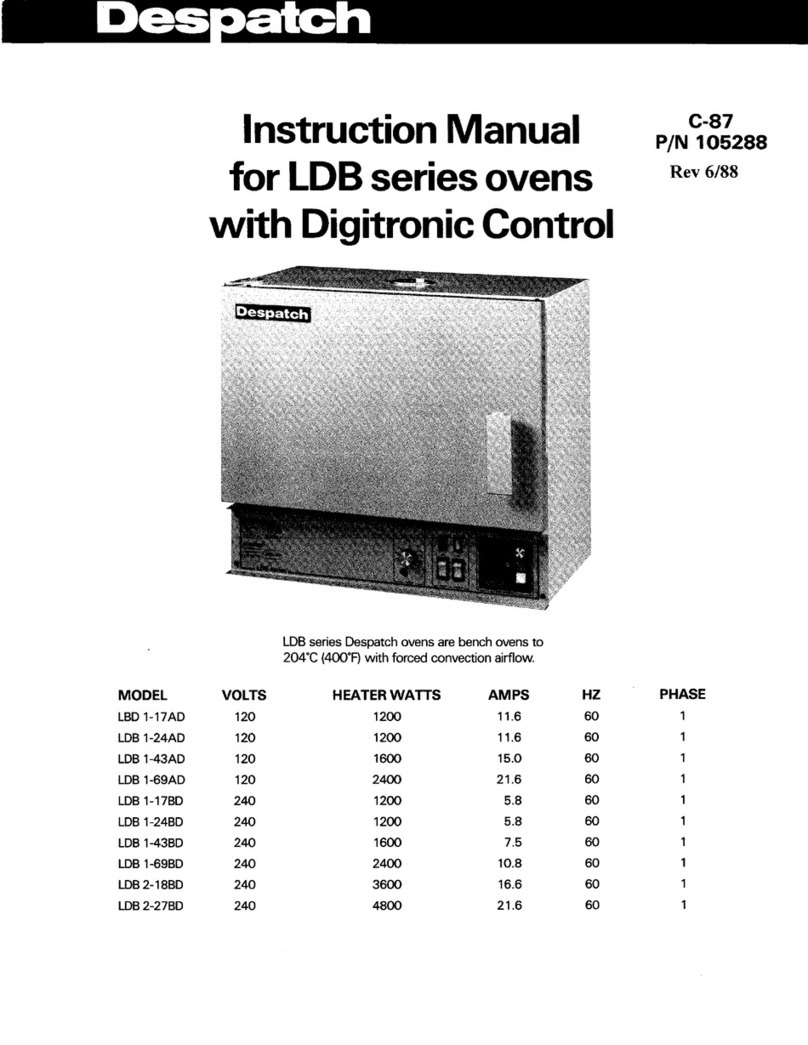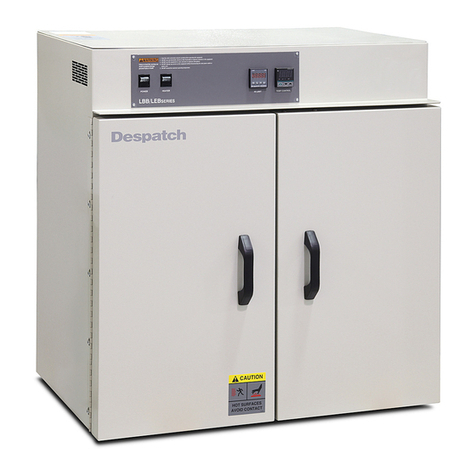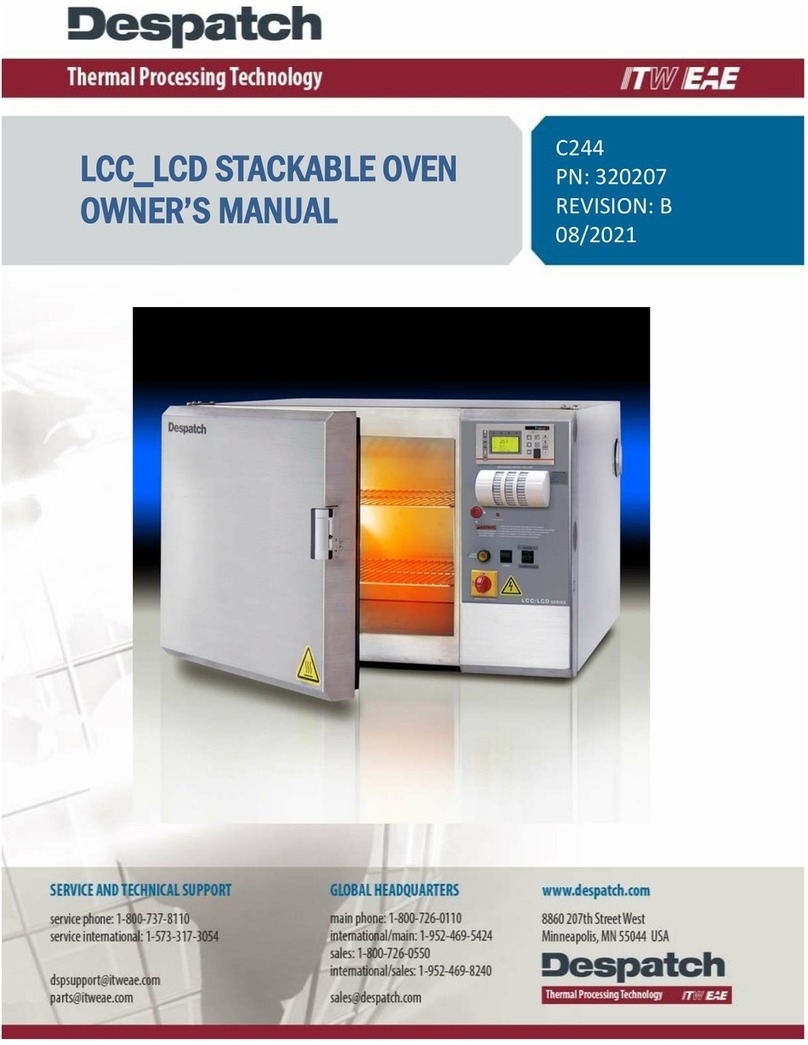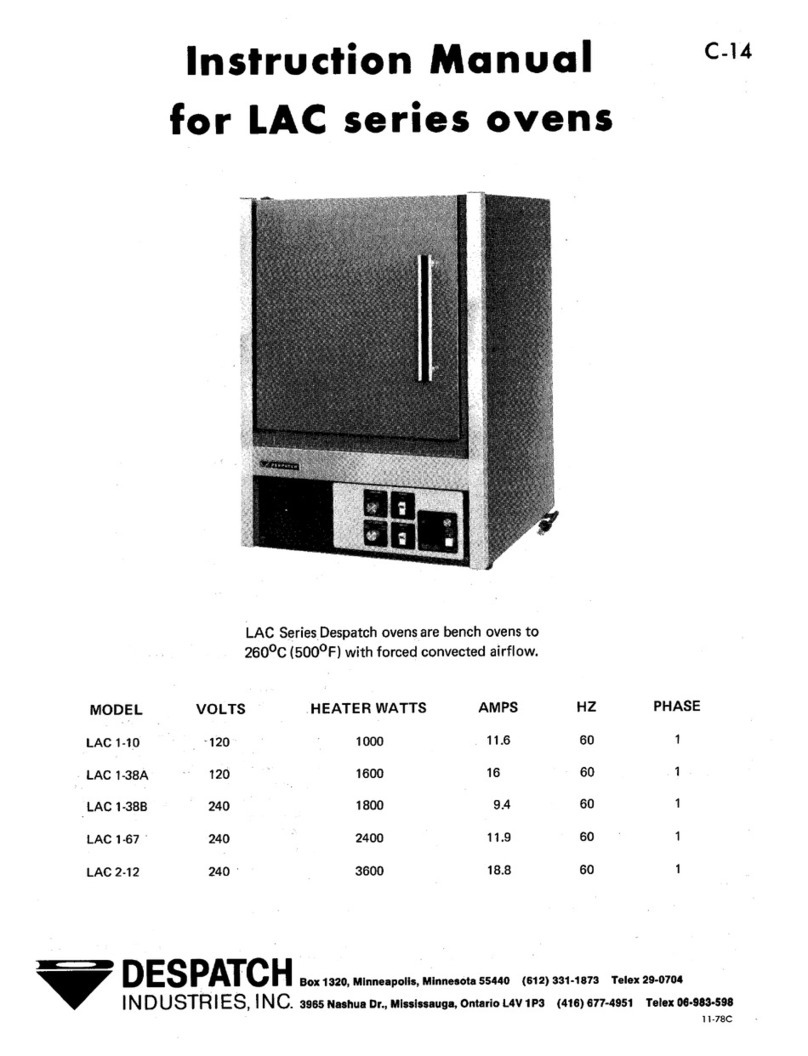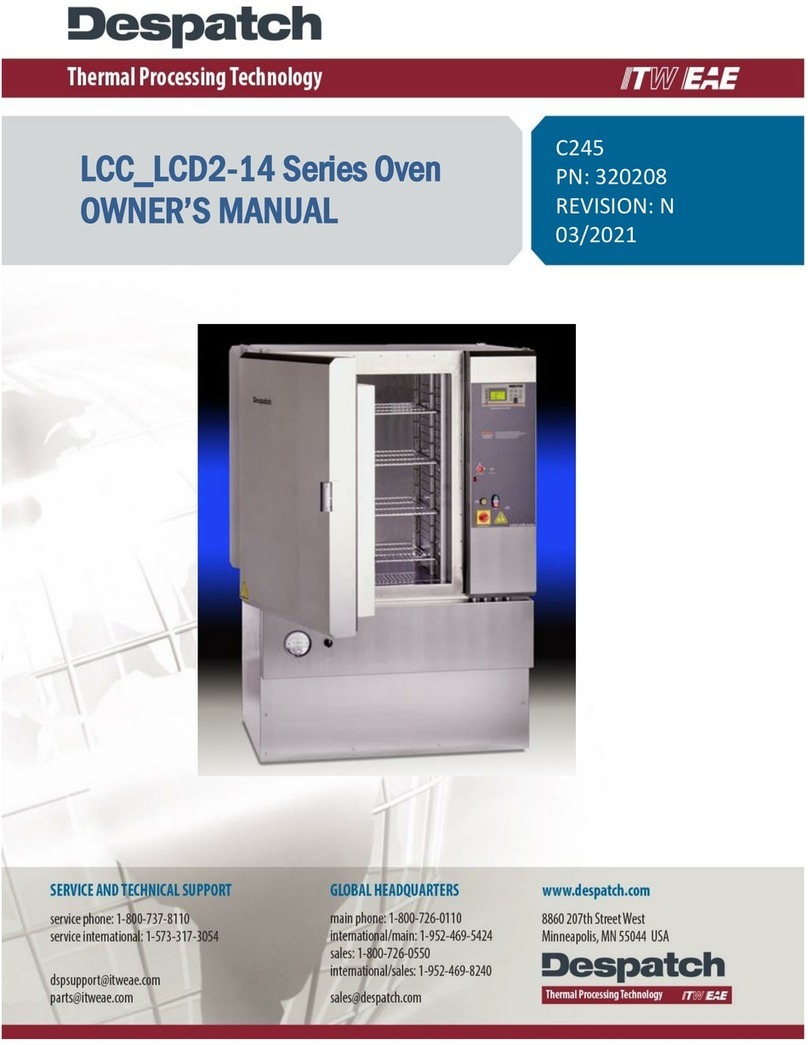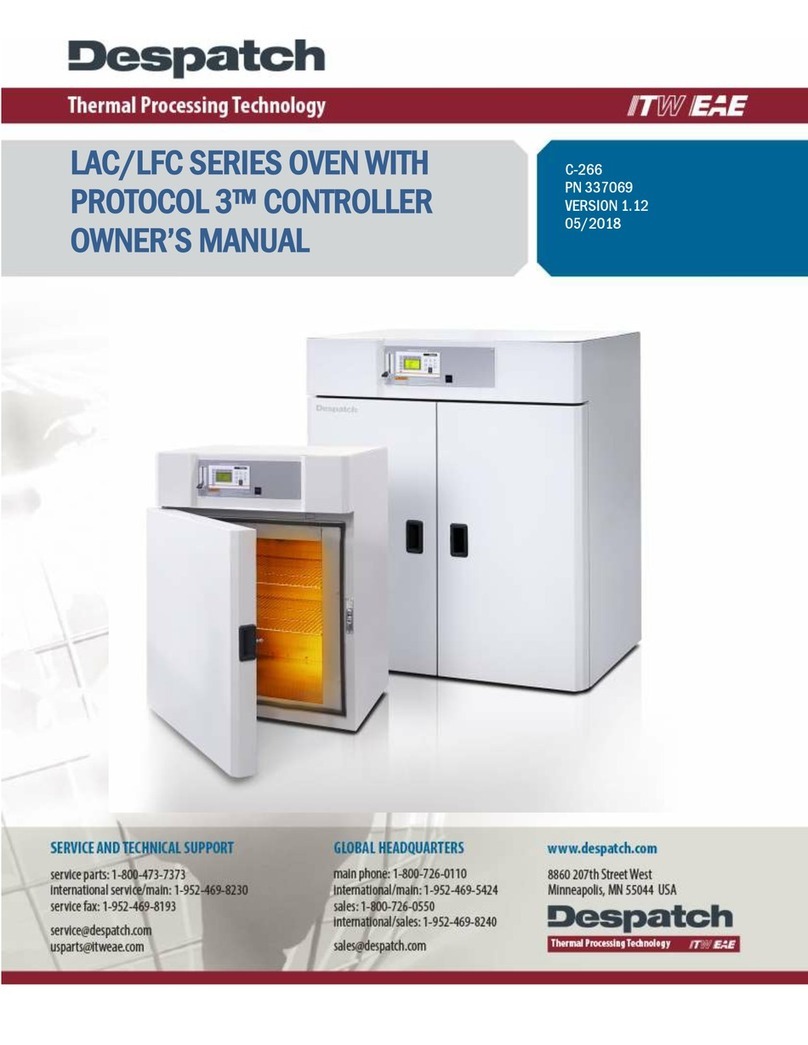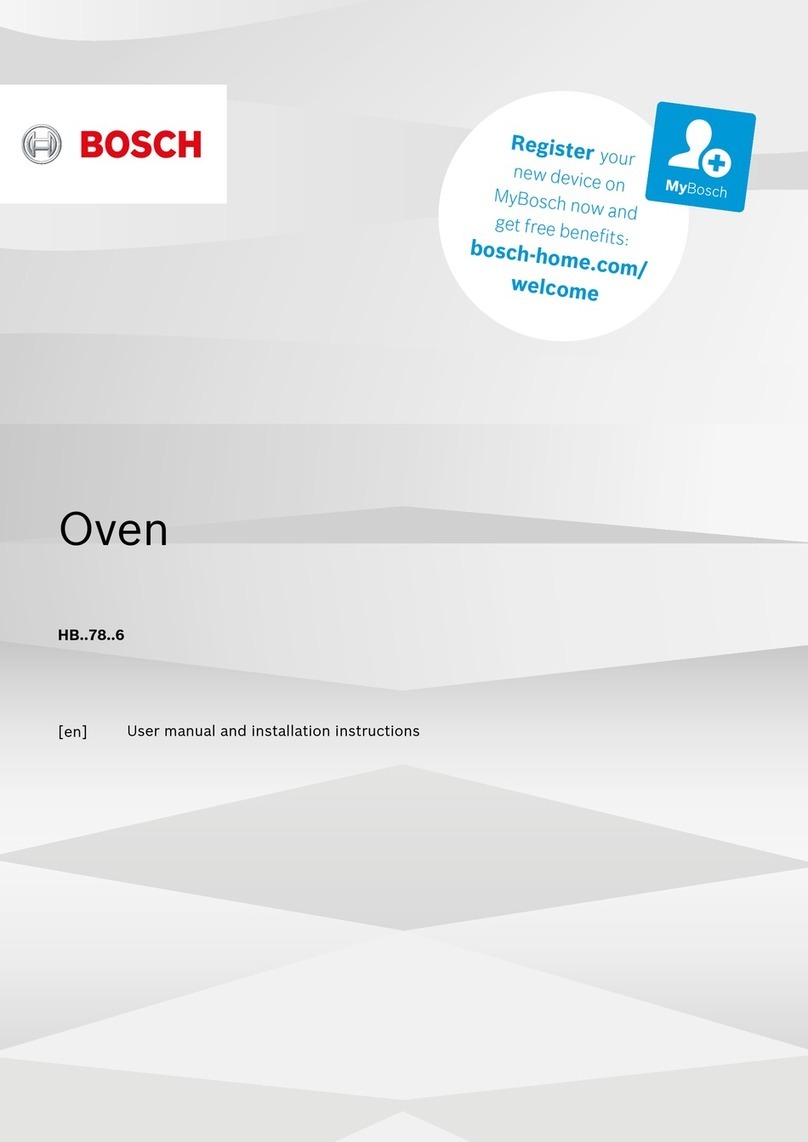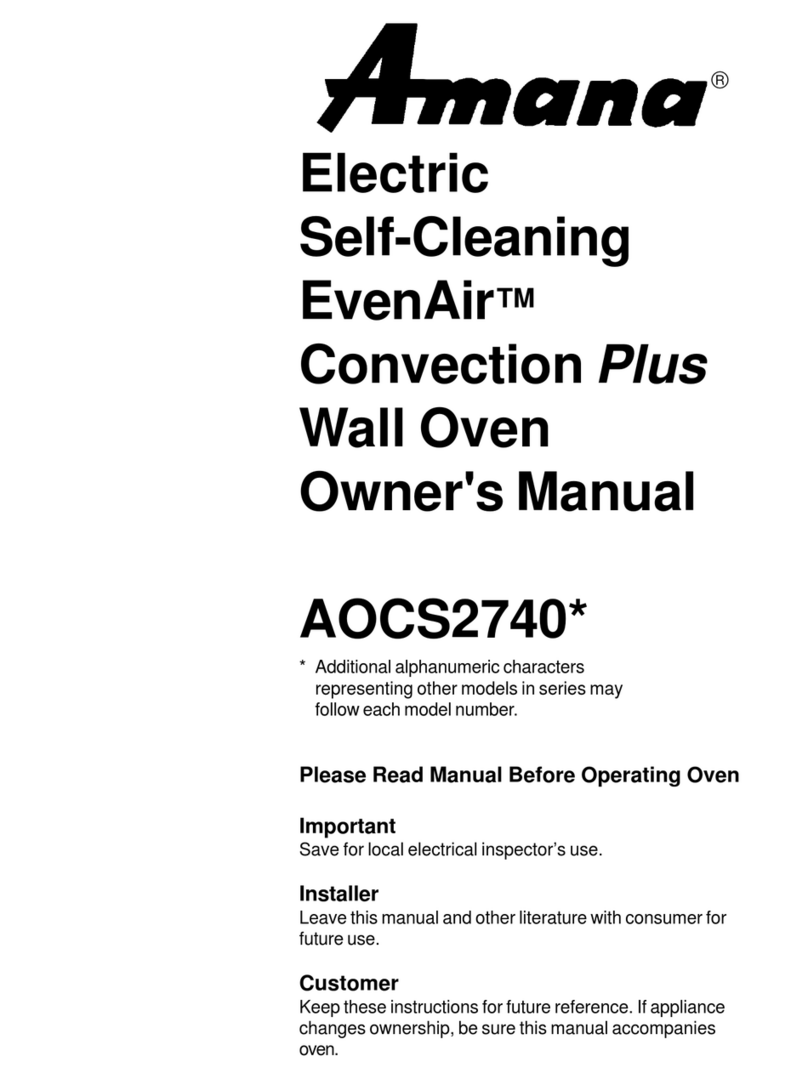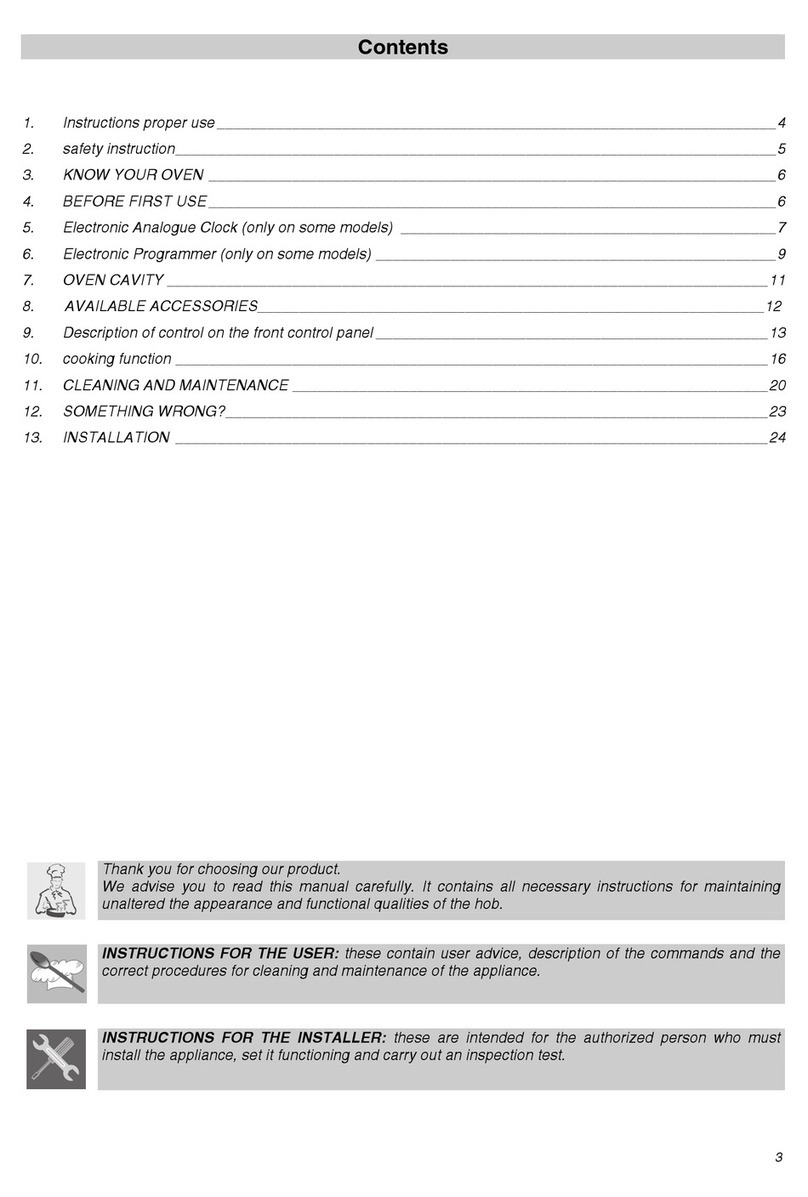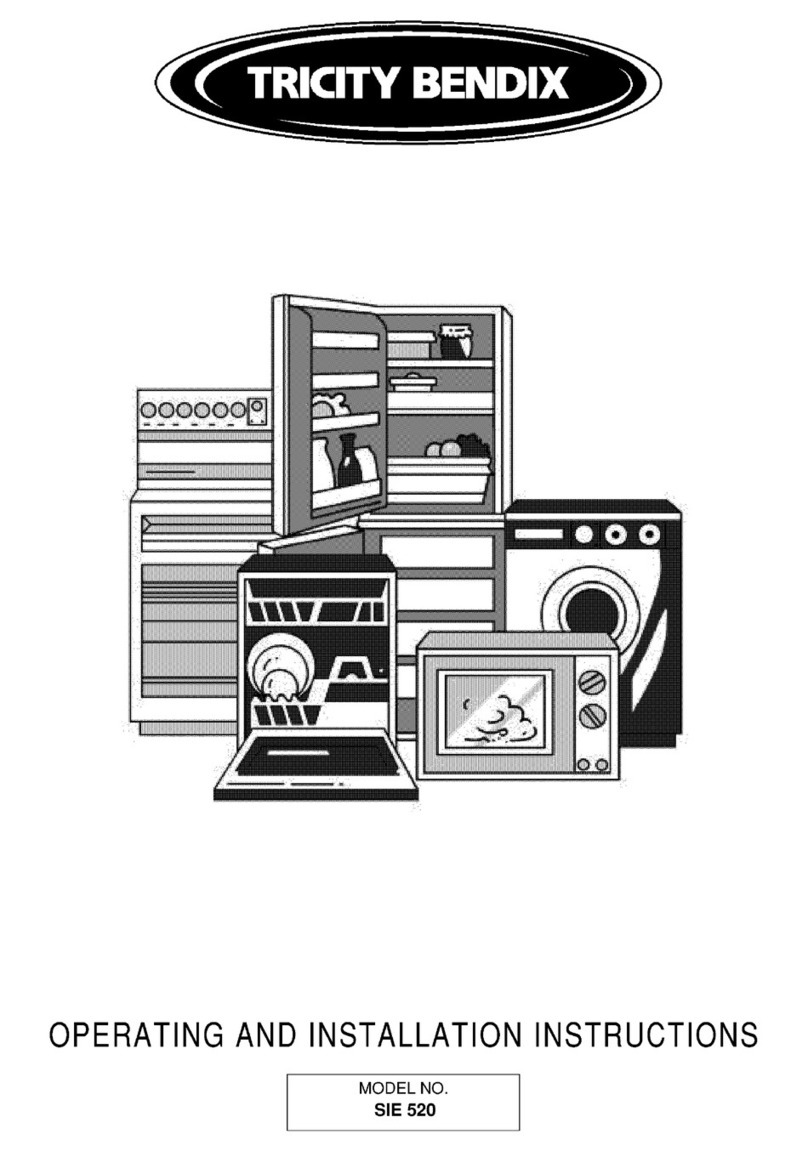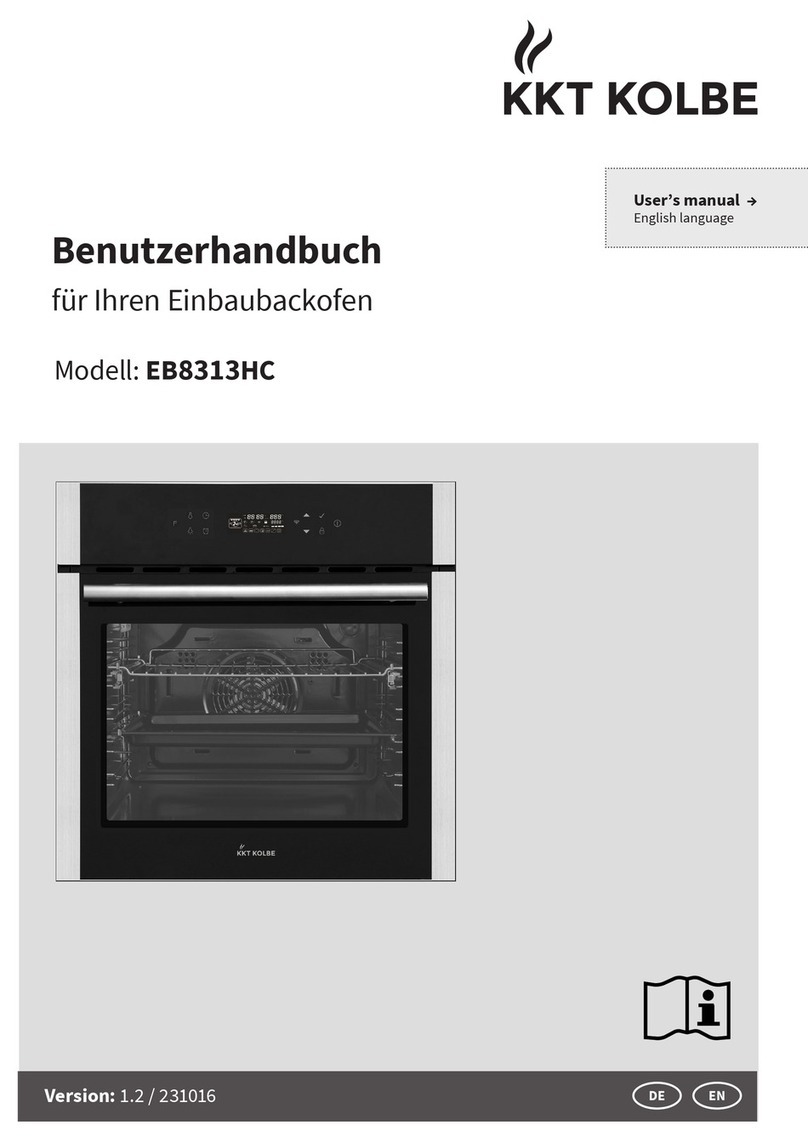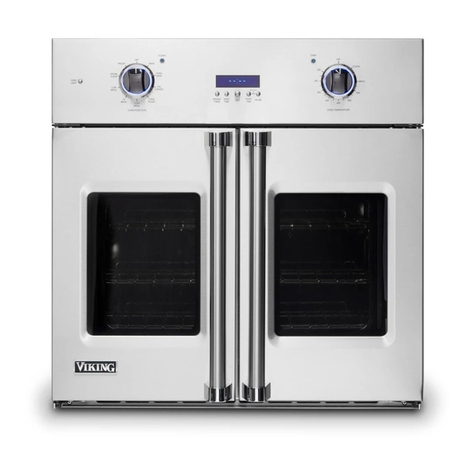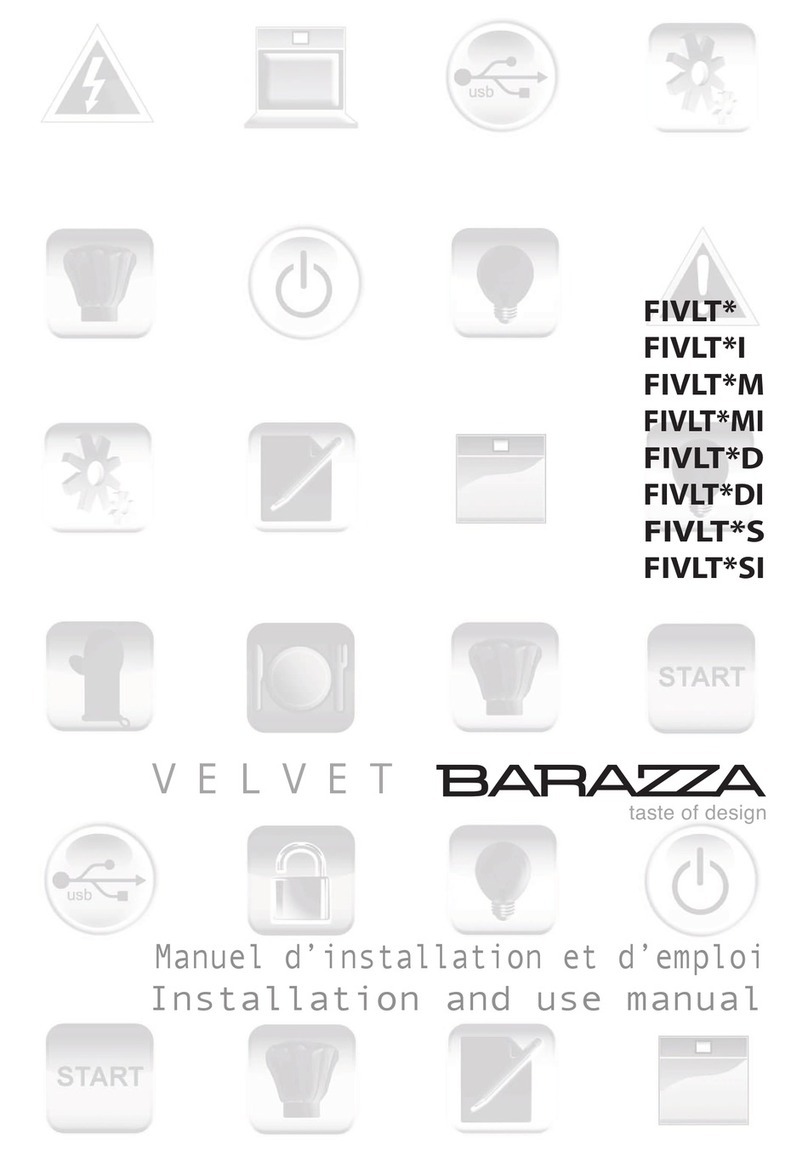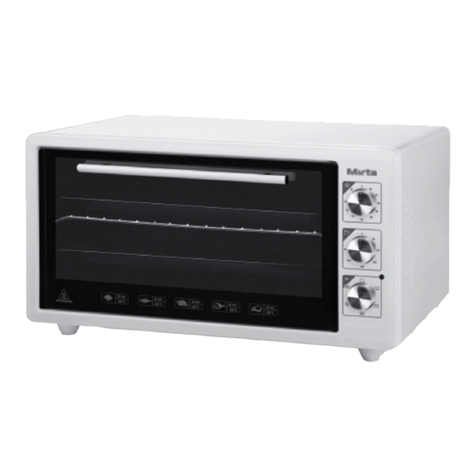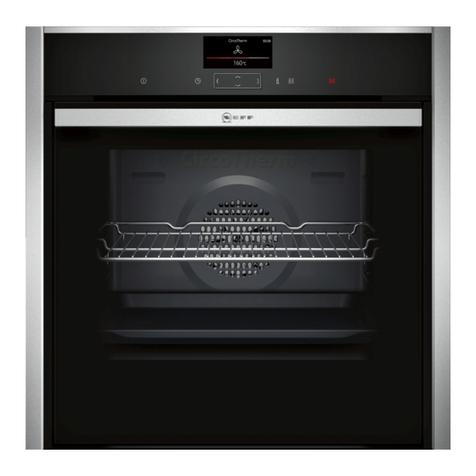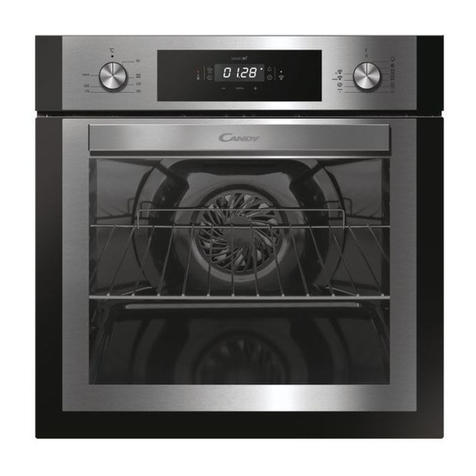
TABLE OF CONTENTS
INTRODUCTION............................................................................................................. 1
Special Features ..................................................................................................1
SPECIFICATIONS ..........................................................................................................2
Dimensions........................................................................................................... 2
Capacities............................................................................................................. 3
Power...................................................................................................................3
Temperature.........................................................................................................4
THEORY OF OPERATION.............................................................................................5
Construction ......................................................................................................... 6
Cooling.................................................................................................................6
Inert Atmosphere.................................................................................................. 6
HEPA Filters.........................................................................................................7
Definitions..................................................................................................7
Packaging and Shipping............................................................................7
Handling..................................................................................................... 8
HEPA Filter Validation Testing .................................................................. 8
D.O.P. Testing ................................................................................8
Class 100 Testing ...........................................................................8
Validation Testing ...........................................................................9
The Necessity of the Burn-off Process...................................................... 9
Filter Unit Replacement ............................................................................9
CONTROL Instrument........................................................................................ 10
HIGH LIMIT Instrument ...................................................................................... 10
Product High Limit Instrument .................................................................10
Oven High Limit Instrument ..................................................................... 11
INSTRUCTIONS ........................................................................................................... 12
Unpacking and Inspection.................................................................................. 12
Set-up.................................................................................................................13
HEPA Filter Installation............................................................................15
HEPA Filter Burn-off................................................................................16
OPERATING.................................................................................................................18
Loading the Oven............................................................................................... 18
Pre-Startup Checklist..........................................................................................19
Startup................................................................................................................19
Shut Down...............................................................................................22
Maintenance.......................................................................................................23
Checklist..................................................................................................23
Tests................................................................................................................... 24
Nitrogen Supply Check ...........................................................................24




















